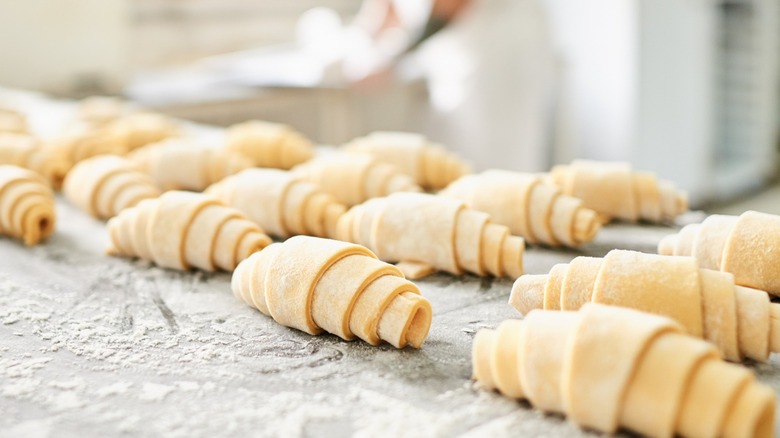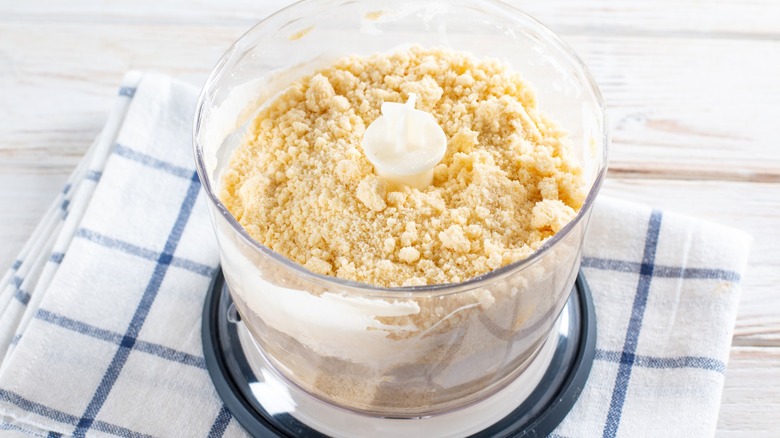Forget Pastry Cutters, A Blast In The Food Processor Is All Your Dough Needs
When it comes to making dough, particularly for pastries, pies, and scones, the choice of tools can make a significant difference. While the traditional pastry cutter has been a staple in kitchens, it's time to turn our attention to a more modern, efficient alternative — the food processor.
Using the pastry cutter, with its blades or wires, while effective, can be labor-intensive and time-consuming. In contrast, the food processor simplifies this task remarkably, making the process of cutting butter into flour much quicker and more uniform. This speed is crucial in pastry making, where keeping the butter cold is imperative to achieving flaky, light textures in the final product. Another advantage of using a food processor is the consistency it delivers. When using a pastry cutter, the outcome can vary based on the amount of force applied and the technique used. This inconsistency can lead to uneven texture in your dough. On the other hand, a food processor ensures that each piece of butter is cut into the flour uniformly, resulting in a more consistent dough.
Moreover, the food processor can handle larger quantities of dough than a pastry cutter, making it ideal for bigger batches. You'll love this during those busy baking sessions or when preparing multiple dishes. Lastly, the ease of use is another significant benefit. If you find the manual effort of a pastry cutter challenging, the food processor offers a convenient and less physically demanding alternative.
How to use a food processor for cutting butter into flour
Start by measuring out your flour and any other dry ingredients your recipe calls for, like salt or sugar. Place these ingredients into the bowl of your food processor and give them a quick pulse to mix them. Next, take your cold butter. It's crucial that the butter is cold to achieve the right texture in your pastry. Cut the butter into small chunks like tablespoon-size cubes (this doesn't have to be precise, but smaller chunks blend more easily). Add these chunks to the food processor with the flour mixture.
Now, pulse the mixture in short bursts aiming for it to resemble coarse crumbs. This texture indicates that the butter is evenly distributed throughout the flour, which is essential for flaky pastry. It will take about a minute or two, so take care not to overprocess the dough. And voila, you've successfully cut butter into flour for the perfect pastry dough.
If the butter seems to have warmed up a bit, chill the mixture for a few minutes by popping the food processor bowl in the refrigerator, then proceed to add your liquid ingredients and finish up your dough preparation. Remember, the key to using a food processor is not to overwork the dough. With this method, you can have your pastry dough ready in a fraction of the time it would take using traditional methods, with excellent results.

